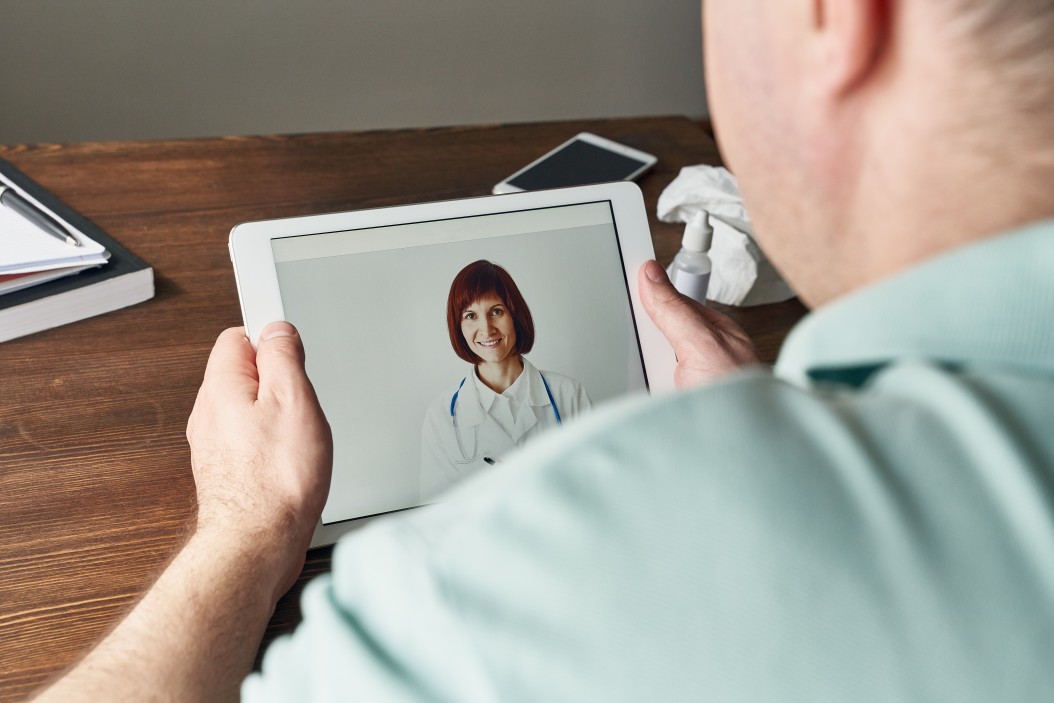By 2022 telehealth and remote patient monitoring will be mainstream. These changes to the healthcare landscape were helped partly by requirements of the COVID-19 pandemic and partly by the subsequent loosening of telemedicine reimbursement and licensure regulations by the government.
The new reality of healthcare: telehealth
The technology for virtual care appointments also will advance beyond 1:1 doctor-patient video conferencing. For example, in response to the rising behavioral health provider shortage, we can expect to see group sessions with multiple patients receiving counsel and support at once.
While the rise of healthcare technology mergers and acquisitions in 2021 was fueled by the “virtual-sickness,” and growing virtual-care adoption among payers, providers, and consumers, much of the technology still remains fractured. Though promoted as one service, consumers still have to navigate two or more platforms and work to connect the dots themselves. The technology needs to become invisible — so good that you don’t even realize it’s there.
Now we are going to see many digital health companies merging and acquiring each other, with the aim of larger scale and more affordability. This will make high quality, virtual care more accessible to patients all over the world. Everyone is going to be able to see a psychologist, therapist or even a doctor without having to leave the house, have no long waiting lists – just simple appointments in their own home. The technology will become invisible – you won’t even realize it’s there – just like how we use the technology around us everyday and don’t think about it.
Technology is the key to digital health
Whether it’s acute or chronic care, technology will enable all physicians to have the same window into a patient’s medical history and care plan so they can provide integrated, longitudinal care.
Digital health technology will be used to enable all doctors to have the same window into a patient’s medical history and care plan so they can provide integrated, longitudinal care.
You know the scene at the doctor’s office – endless lines, wait times, and so many forms. Pre-pandemic teleehalth was used just for low-complexity issues. In 2022 the real value is for integrated chronic-disease management or ongoing behavioral-health therapy.
Remote patient monitoring is beneficial for patients care
In a digital health world, more of us are more likely to choose a provider that allows us to share data from a remote monitoring device. It promotes positive outcomes. Health plans can find the return on investment in reimbursing for these devices as costs come down.
Early adoption of remote patient monitoring is increasing, and so are positive outcomes for patients. Our remote patient monitoring devices are taking care people’s health in their homes. As the costs go down, health plans will be more likely to subsidize this technology, which means more patients can take advantage of this service.
Adoption of remote patient monitoring devices continues to rise across digital health.
Remote patient monitoring has grown immensely in the past few years and if you are a company who are interested in digital health with Digital Salutem everything is possible. Contact us for more relevant details. To find out more about how we can help you with your Digital Healthcare Transformation, Healthcare organizational growth, or Healthcare brand positioning, please get in touch via phone +44 (0) 203 3620421 or via e-mail: info@digitalsalutem.com





